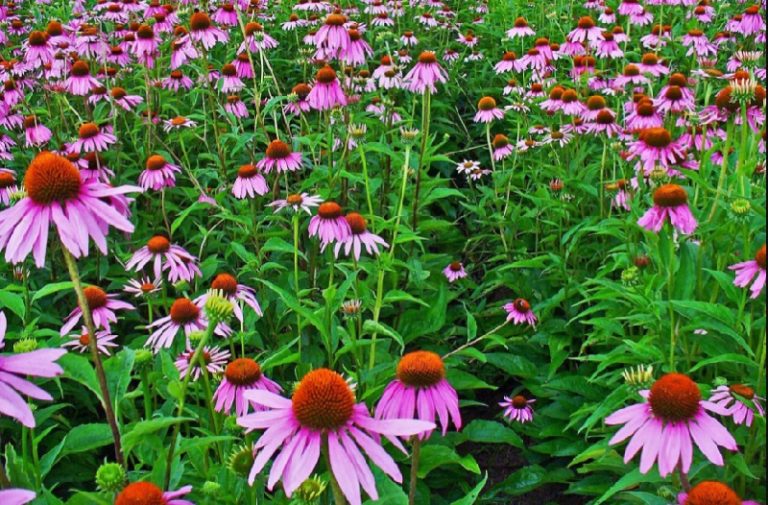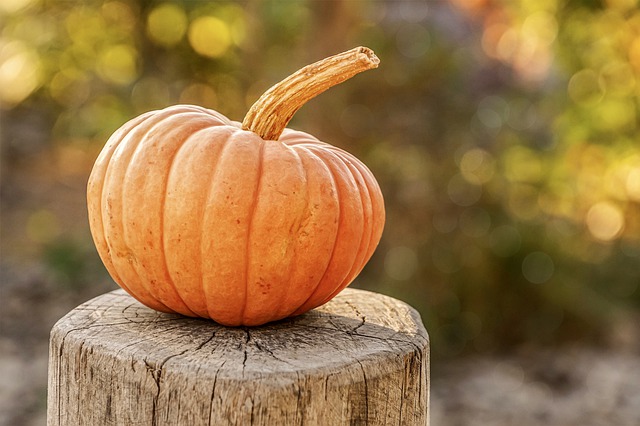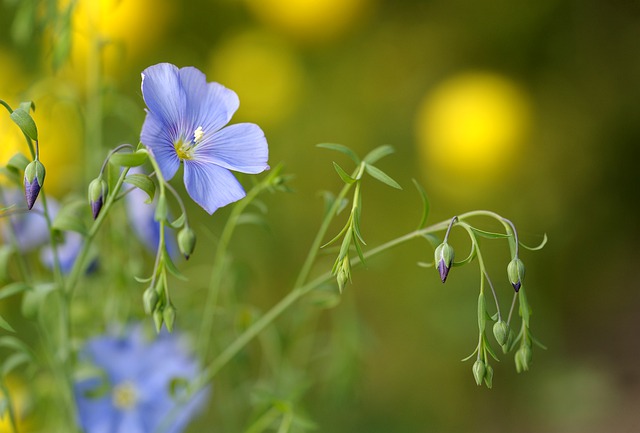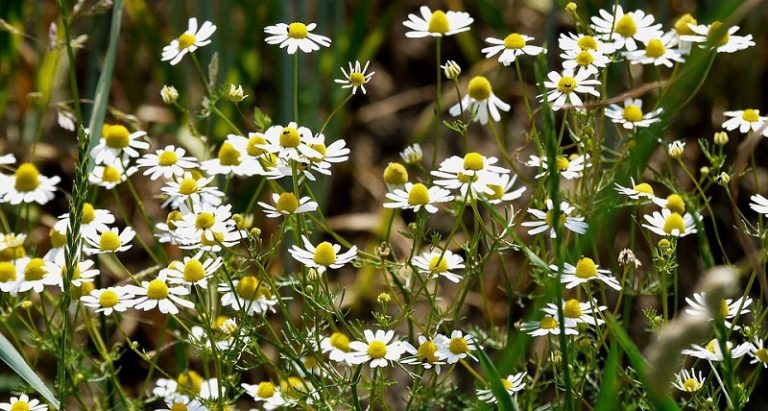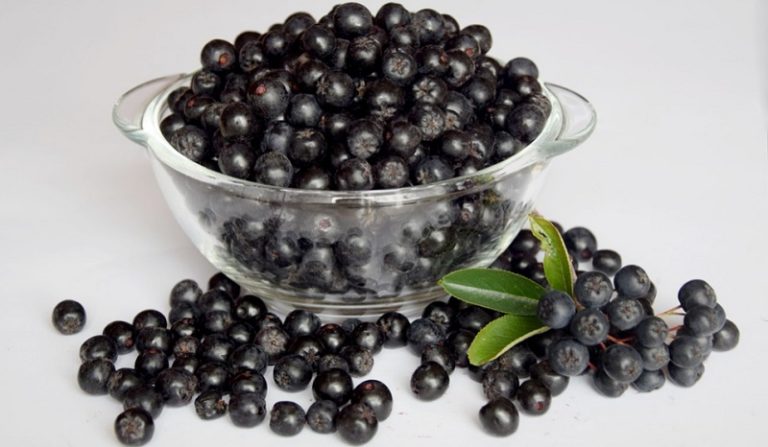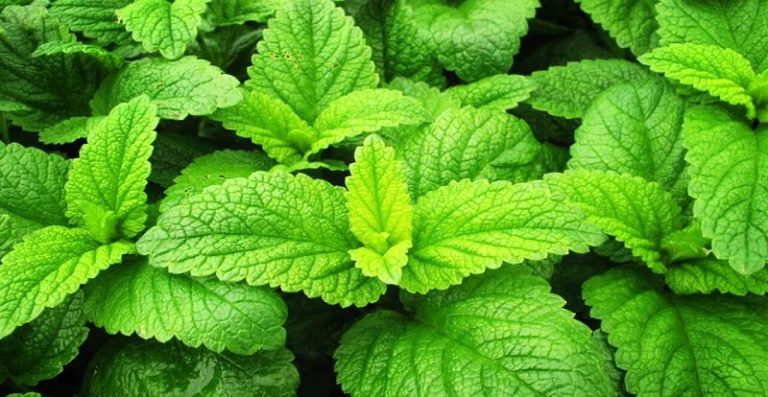Medicinal herbs: chamomile officinalis
The medicinal plant chamomile has long been known for its healing qualities and has proven itself in folk and traditional medicine in healing from many ailments.
Chamomiles, including chamomile (Matricaria chamomilla) belong to the Asteraceae family, but to the genus Chamomile. The stem of chamomile is upright up to half a meter high and extends almost from the ground with shoots. At the end of the stem and all shoots, inflorescences are formed. There are many of them, so up to five thousand seeds can be collected from one bush. The leaves are twice or thrice dissected and resemble a “herringbone”. Chamomile blooms in June, and the seeds on the first flowers are ready in mid-June.
Our article “Medicinal chamomile – cultivation, care” will help you to grow medicinal chamomile from seeds.
Chamomile pharmacy – its very name speaks of its medicinal properties – has been used for medicinal purposes since ancient times. And to this day, it is used both in official and folk medicine.
Composition of chamomile pharmacy
- The essential oil and the most valuable substance that makes up it is chamazulene, which has a pronounced anti-inflammatory, anti-allergic and analgesic effect, in domestic and foreign pharmacology it and its chemical analogues are used to treat allergic skin diseases, bronchial asthma, diseases of the gastrointestinal tract, severe X-rays and other diseases.
- Organic acids – ascorbic, salicylic, nicotinic and others.
- Tannins.
- Bitterness.
- Dioxicumirin.
- Trace elements and vitamins.
- Fats, sugars, pectins, mucus and much more.
Useful properties of chamomile
- Anti-inflammatory – this is the most popular and well-known property of chamomile flowers, decoctions and infusions relieve irritation and reduce inflammation of the mucous membranes and skin and can be used to gargle, mouth, ingestion, as well as to prepare therapeutic compresses and baths.
- Disinfectant – chamomile is able to destroy and stop the growth of most known pathogenic microorganisms, so that it can be used to disinfect wounds and abrasions, make compresses and lotions.
- Choleretic – a decoction of chamomile has the ability to increase the secretion of bile, which is successfully used in the treatment of diseases of the gallbladder and other digestive organs.
- Antispasmodic – decoctions of chamomile have an effective effect on the entire smooth muscle muscles, relaxing it, so they are recommended for spasms in the stomach, intestines, diseases of the kidneys, female genital organs, and so on.
- Analgesic – infusions and decoctions of chamomile have a mild analgesic effect, they reduce inflammation and alleviate the patient’s condition in diseases of the gastrointestinal tract, gynecological problems, respiratory diseases, and so on.
- Sedative – chamomile oil and decoctions of flowers have a healing effect on the human nervous system, helping him get rid of tension, insomnia, fears, constant irritation and other similar symptoms.
- Anticonvulsant – in the Middle Ages, chamomile was used to treat seizures in epilepsy and often achieved excellent results, this effect is associated with the ability of the plant to have a calming effect on the nervous system, while reducing the activity of those centers in the brain that are “guilty” of seizures.
- Antiallergic – decoctions and infusions of chamomile are one of the most popular and effective remedies for the treatment of allergic diseases in young children and adults, they perfectly soothe itching and other unpleasant sensations, while providing anti-inflammatory, sedative and analgesic effects.
Lavender comes in pink, purple, white, and even yellow.
How to make a decoction of chamomile – recipe
It is prepared as follows: 1 tablespoon of dried chamomile flowers is placed in an enamel bowl, poured with a glass of boiling water (200 ml) and put in a water bath for half an hour, closing the lid. The resulting broth is then infused for another two to three hours and filtered. Then the resulting broth is brought to its original volume (200 ml), adding boiling water.
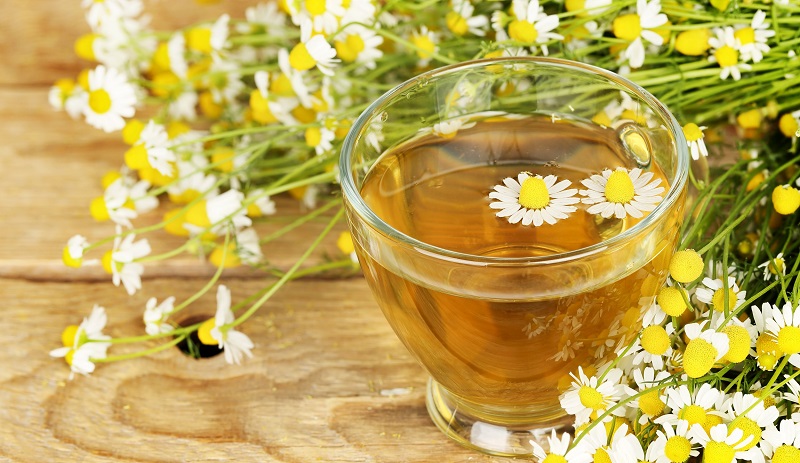
Drink a decoction of a glass three times a day in the treatment of colitis, diseases of the gastrointestinal tract, flatulence, neuralgia and insomnia.
A decoction of chamomile is also used externally: for the treatment of skin diseases – eczema, dermatitis, psoriasis and purulent wounds.
For such a decoction, you need to take 1 tablespoon of chamomile flowers and 500 ml of water. Pour chamomile with water and put on the stove. After boiling water, remove the container with the broth from the heat and leave for 15-20 minutes to infuse. After that, the broth is filtered and cooled slightly, and then a soft cloth is moistened with it and applied to the affected area. This procedure is repeated several times a day.


